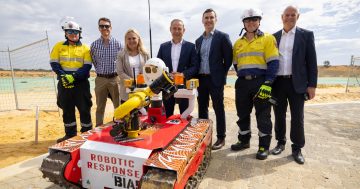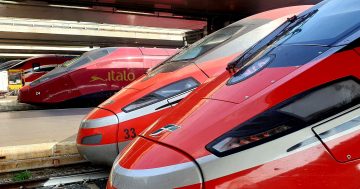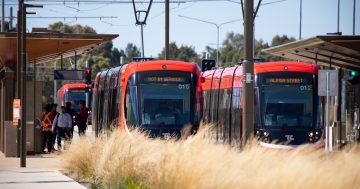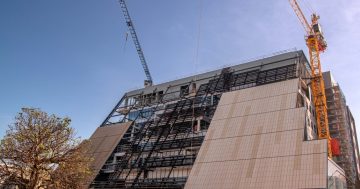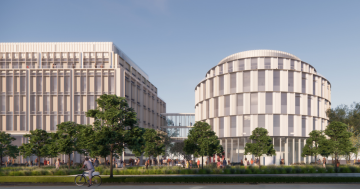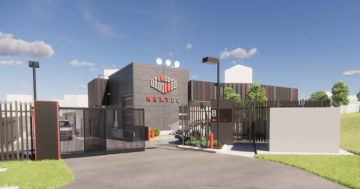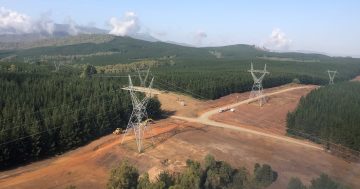Reece Hooker* explores robot cities to discover the latest innovations, and help answer the looming questions they invite.

The robot revolution is here, but it’s much more benign than scenes from The Terminator would have us believe.
Metropolitan cities around the world are emerging from their post-pandemic slump smarter, digitised and better equipped to integrate new technologies to improve efficiency and safety, and reduce their carbon footprint.
Robots are reaching cities in myriad ways: food delivery services are trialling robot couriers, while Google’s parent company is pushing to put robot taxis on the road.
Robotics are filling worker shortages at a record rate, while some police departments are exploring ways to increase use of robots on the frontlines.
But the reach of robots can go well beyond bringing takeaway and taking people to the airport.
If embraced, robotics could manifest in every facet of our urban lives — one could wake up in an apartment that was constructed with the help of automation, have their heating system regulated by deep intelligence, and then step out to a clean street that had been swept overnight by a service bot.
The promise is there, but challenges remain.
Although robots tend to project as a cheaper way to do business, especially in place of human workers, the outlay to develop and implement the technology is often substantial — especially in the shadow of a projected global recession.
And ensuring that robots balance functionality with safety, especially when entrusted with human-facing responsibilities, is a “tough challenge” in the eyes of Marc Raibert, founder of engineering company Boston Dynamics.
“The very athletic robots are the hardest to make safe, but I think that there are going to be a lot of useful things that those robots will do where they aren’t safe enough for people to be around,” he said.
“But on the other hand, having a robot that isn’t dynamic at all is really hard to make useful.”
But the research is moving fast, and with investments like Saudi Arabia’s US$500 billion ‘smart city’ Neom, there will be every attempt made to materialise a robot city in the near-future.
Reality check
Around 500,000 industrial robots were installed worldwide in 2021, an all-time high that exceeded the previous record (set in 2018) by 22 percent.
The service robotics market alone has been valued at approximately US$30.57 billion and is projected to exceed $173 billion by the end of the decade.
China is the leading market for robots, outpacing second-place Japan at over four times the rate of purchase.
Reece Hooker, Deputy Commissioning Editor, 360info Asia-Pacific
This article first appeared at 360info.org.


